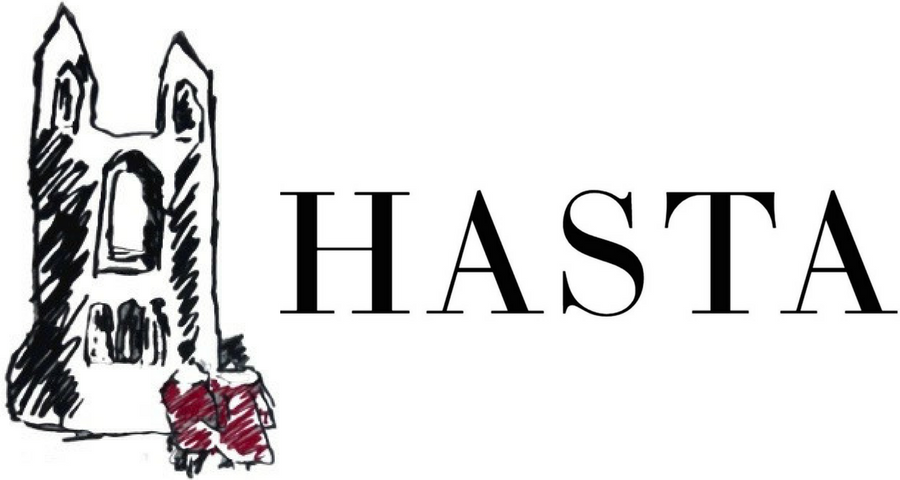Eugène Atget, 1857-1927
By Toby Berryman
Pendant l’éclipse, 1912, gelatin silver printing-out-paper print, 16x22 cm, MoMA (Abbott-Levy Collection)
The vast archive of Parisian photographer Eugène Atget contained more than ten thousand images at its peak, whilst his beloved notebooks boasted clients from Lalique to Foujita, de Vlaminck, and Braque. His large-format works were collected eagerly by Matisse, Duchamp, Degas, and Picasso, before subsequent exhibitions globally at MoMA, The Met, and the V&A. Lauded by famed essayist Walter Benjamin for his “unique significance” and later lending his name to the eponymous Atget Crater on the Planet Mercury and secluded Rue Atget in Paris’ 13th Arrondissement - one might imagine such an account as this to enshroud all the trappings of a legendary artist. Yet, for this particular Frenchman, the situation is far more complex.
Although his career of almost forty-years has since garnered considerable acclaim, the now-iconic photographs of Atget were instead received somewhat plainly during his own lifetime. In fact, Atget himself (who rather epitomised the dictionary-definition of flâneur) referred to them as “simply documents”, decrying the role of ‘artist’ that the above biography might seek to impose. However, behind the bulky wooden-bellows camera that retained the increasingly-stubborn Atget’s loyalty (despite rapidly advancing technologies, he never produced even a print at a larger-scale than his original negatives) stood a character whose life has both challenged and intrigued modern scholars. Orphaned at age seven, and later expelled from drama-school, little is known for certain of the photographer’s biography. Even at his death, Atget left no heirs, producing both a complicated copyright-claim and a comprehensive body of work to speak for itself.
Atget initially offered a photographic service for local artists (producing practical images to aid the painterly method), before eventually seeking to record for posterity the art, architecture, and perhaps inadvertently the character of ‘Old Paris’ during a period of great flux for the city in the wake of Haussmannisation. Atget’s photographs are both haunting and at times seemingly curated; there is an eerie quiet to his cityscapes, although they belie a slight secret in that their emptiness was rather caused by exposure-lengths which simply erased the non-static passing figures, while his 1921 Street Prostitute, Fort-Monjol catches the eye of the lens with almost precision-timing. They display a pseudo-authenticity that is never quite convincing enough for absolute certainty or viewers’ trust.
Fireplace, Hôtel Matignon (fmr. Austrian Embassy), 57 Rue de Varenne, 7th Arrondissement, 1905, Albumen Photograph, Musée Carnavalet
As much as Atget was praised throughout Walter Benjamin’s writings, it was perhaps surprisingly from the burgeoning Surrealist movement that his greatest contemporary support came. That said, this marked a turn which, at least publicly, Atget did not appreciate; he notably demanded Man Ray remove his name from a small-scale surrealist publication fronted by his images. Despite his own insistence that his work represents “simply documents”, scholars have frequently turned to Atget’s oeuvre to question not only what constitutes a work of art (with arguments made for single images or the archive-project in sum), but also the artistic-intention and authentic spontaneity of many aspects of Atget’s supposedly purist “documentary collection”. And yet, the joy is that we shall never know his true intentions, much as Atget himself was unable to experience the success and recognition afforded to his photographs in recent decades.
Thus, following his death in Paris at the age of seventy, Atget’s legacy only grew and grew (much as his biographical myth expanded and muddied), the tale of an artist’s photographer turned artist himself: however begrudgingly that might have been! Perhaps appropriately, the Library of Congress now considers much of his work to be ‘orphaned’ without copyright; free to the world’s interpretation much as his character remains.
Bibliography
Campany, David. “Eugène Atget’s Intelligent Documents.” In Atget: Photographe De Paris [original, 1930], text by David Company, Pierre Mac Orlan, Jeffrey Ladd. New York: Errata Editions Reissues, 2009.
Cox, Dan – Collections Management. “The Empty Streets (and Parks) of Eugène Atget”. Victoria & Albert Museum, London. https://www.vam.ac.uk/blog/museum-life/the-empty-streets-and-parks-of-eugene-atget.
Getty Museum Collection. “Art – Collection – Eugène Atget, Berenice Abbott, 1927”. https://www.getty.edu/art/collection/object/104JJM.
International Centre of Photography, New York. “Archive – Artist – Eugène Atget”. https://www.icp.org/browse/archive/constituents/eugène-atget.
Museum of Modern Art, New York. "Artists – Eugène Atget, French, 1857-1927”. https://www.moma.org/artists/229-eugene-atget.
Museum of Modern Art, New York. “Collection – Works – Eugène Atget, Pendant l'éclipse”. https://www.moma.org/collection/works/43793.


